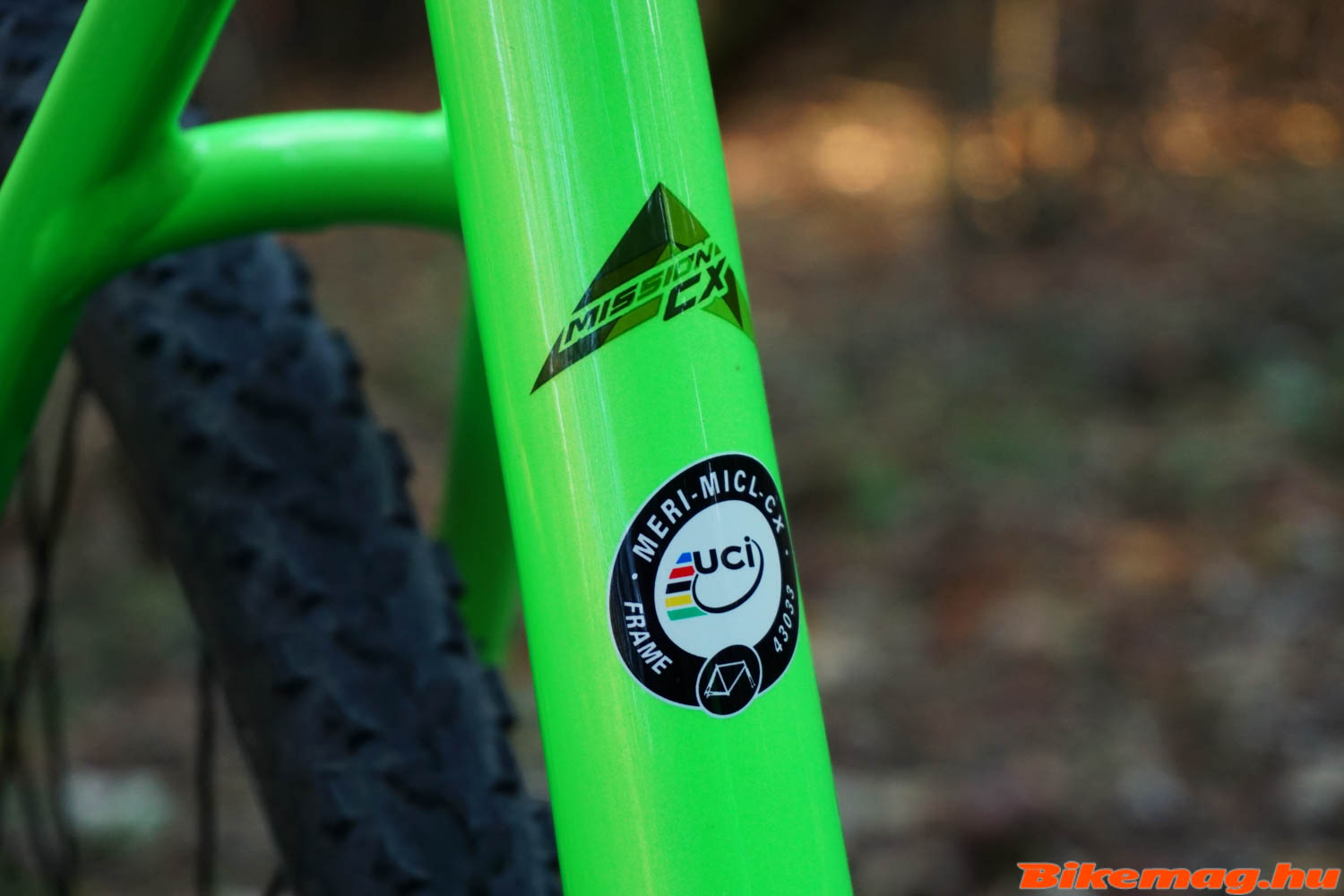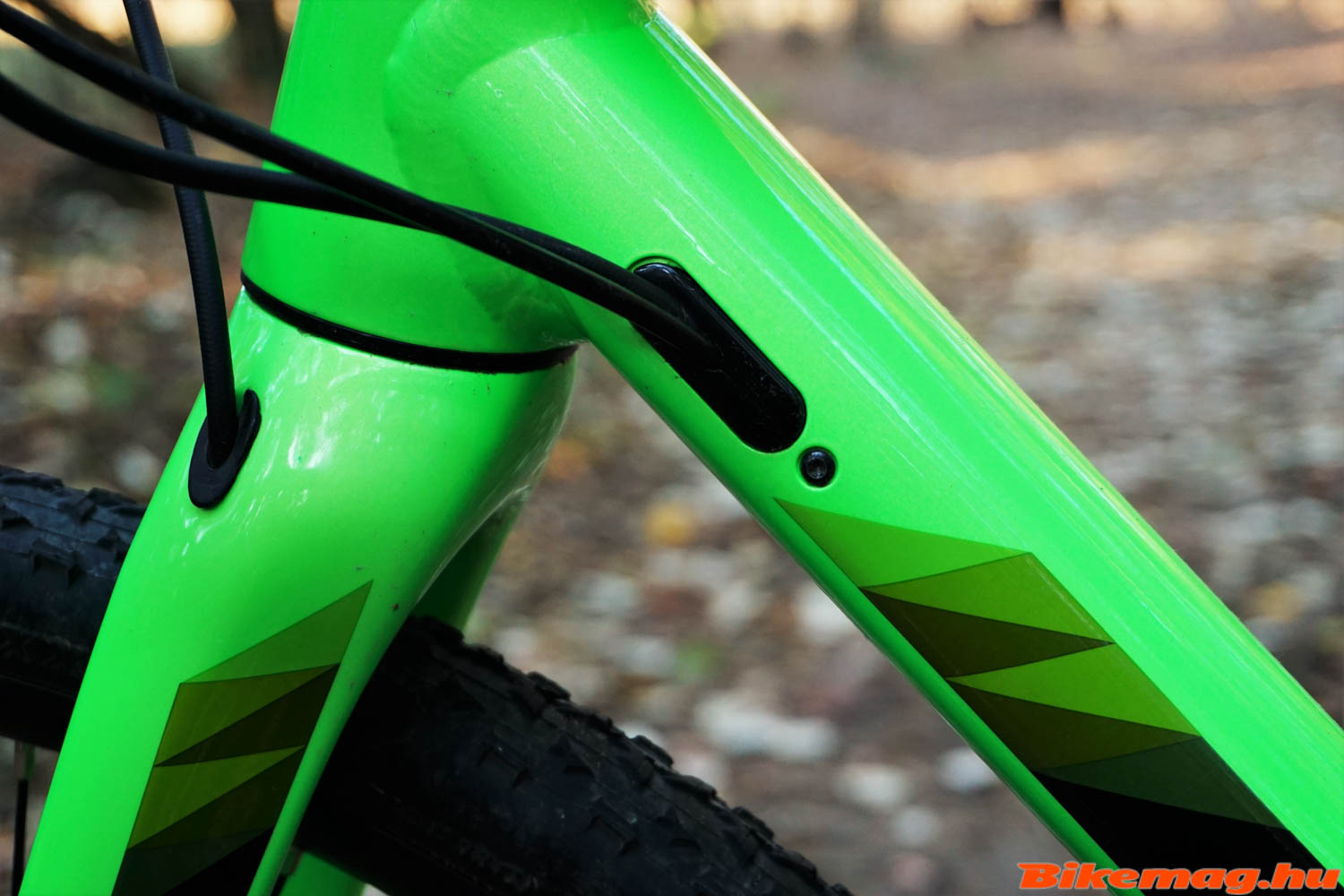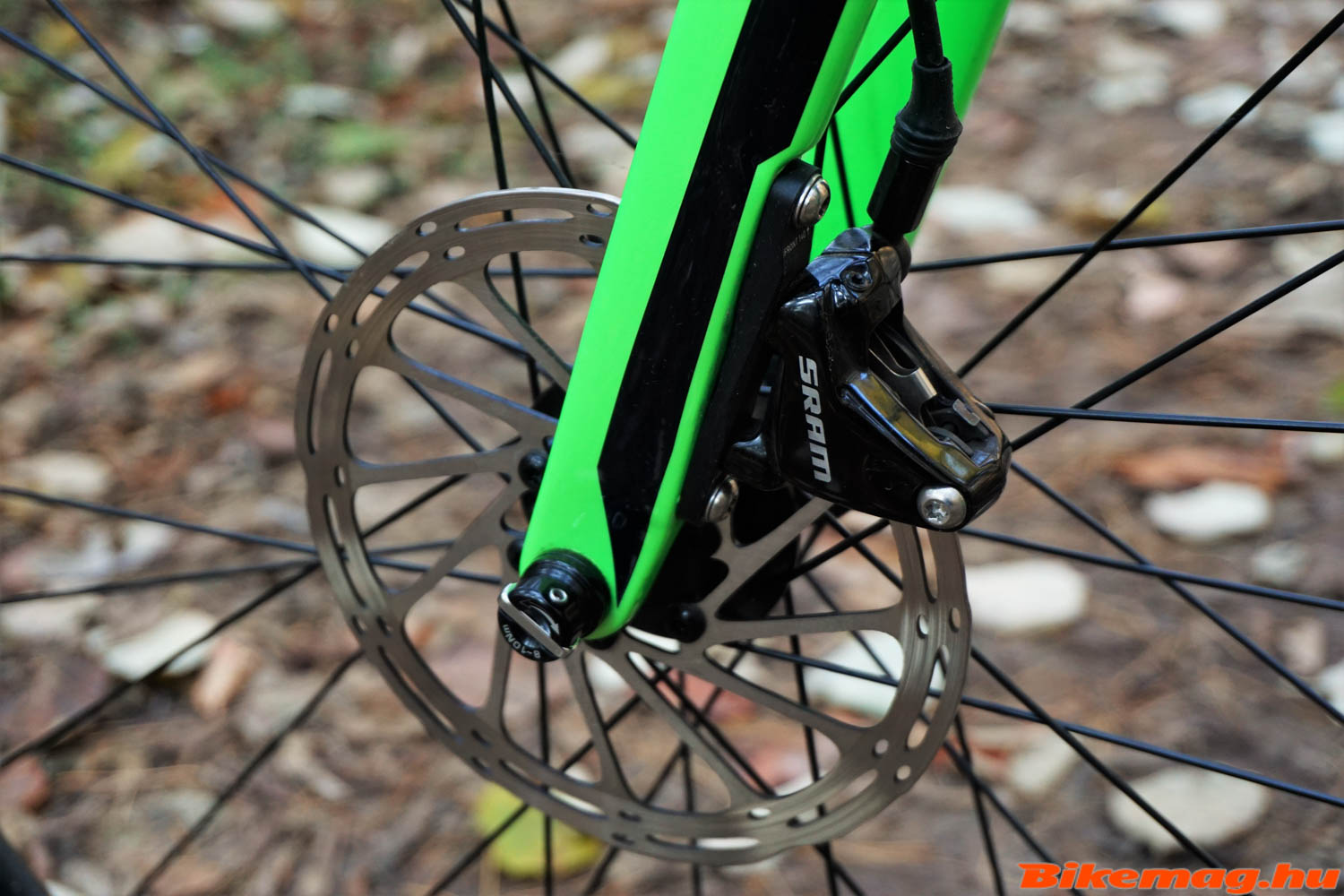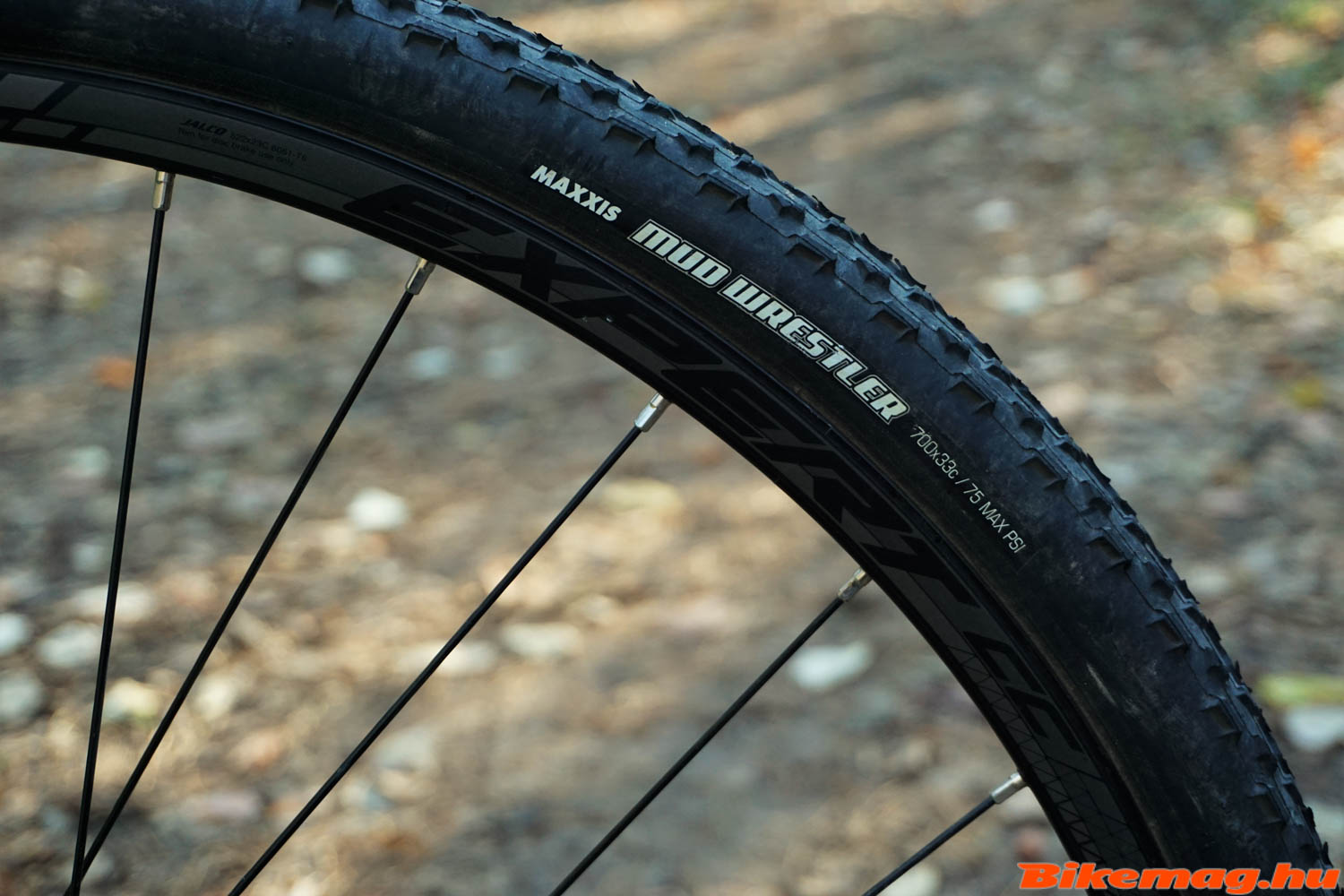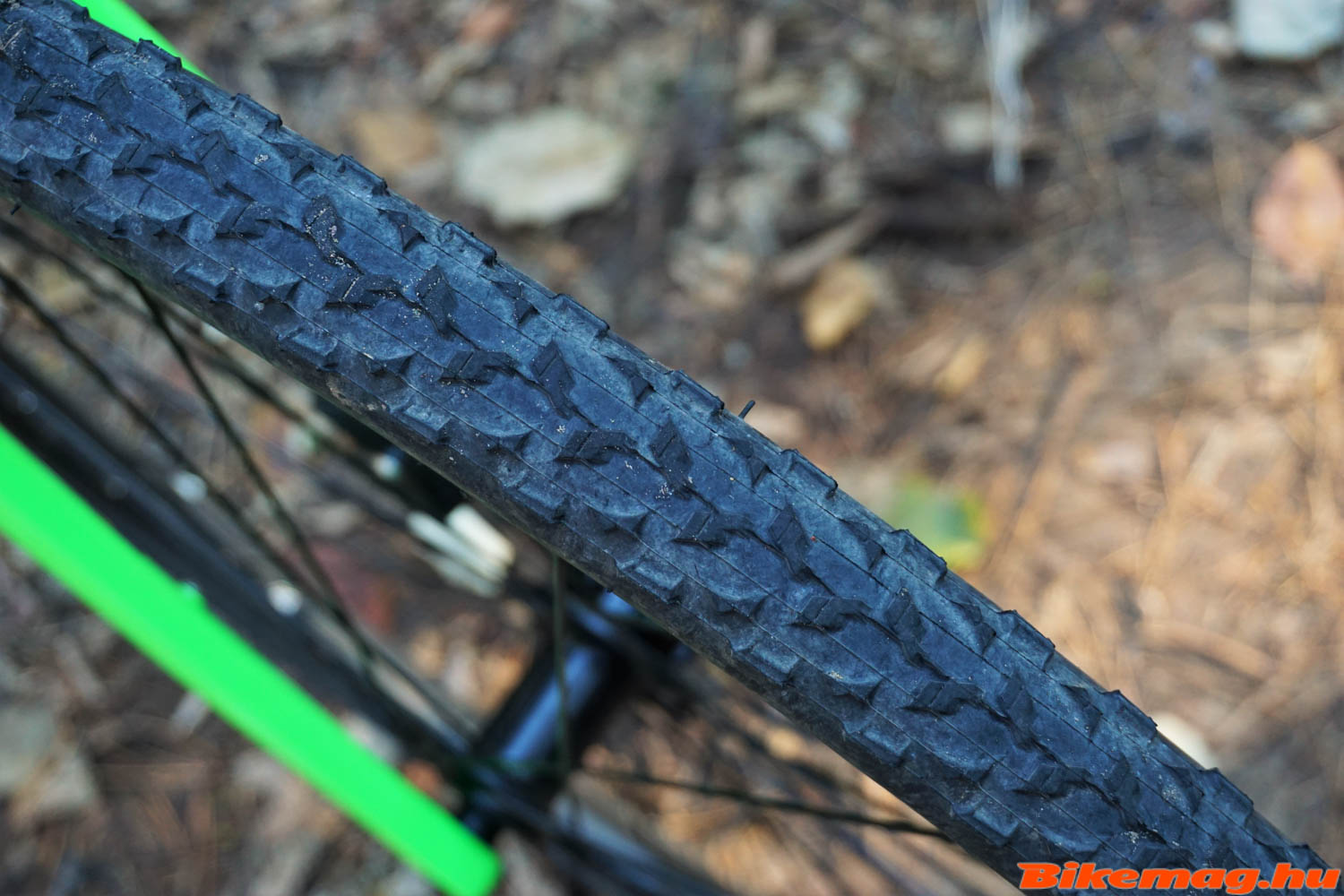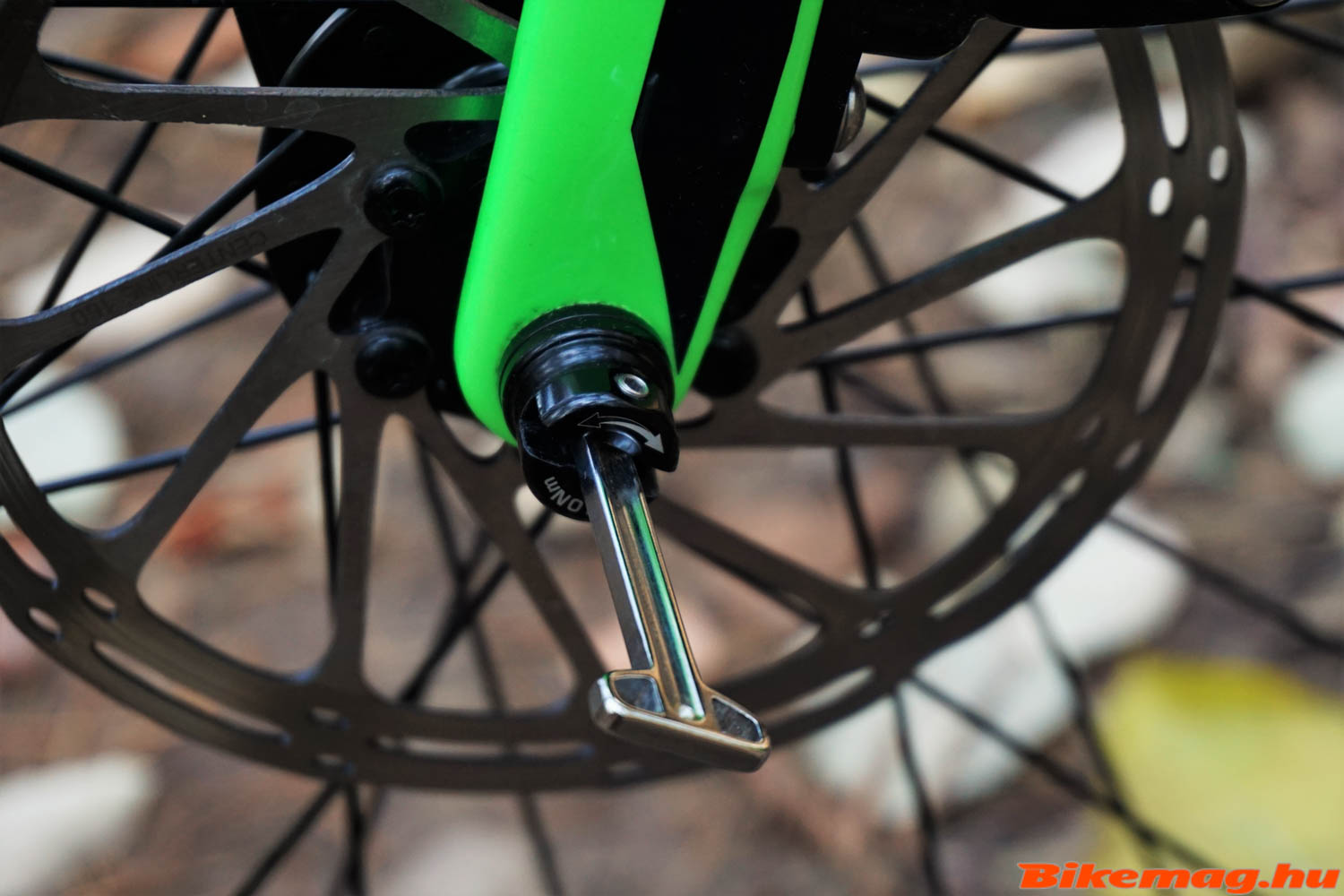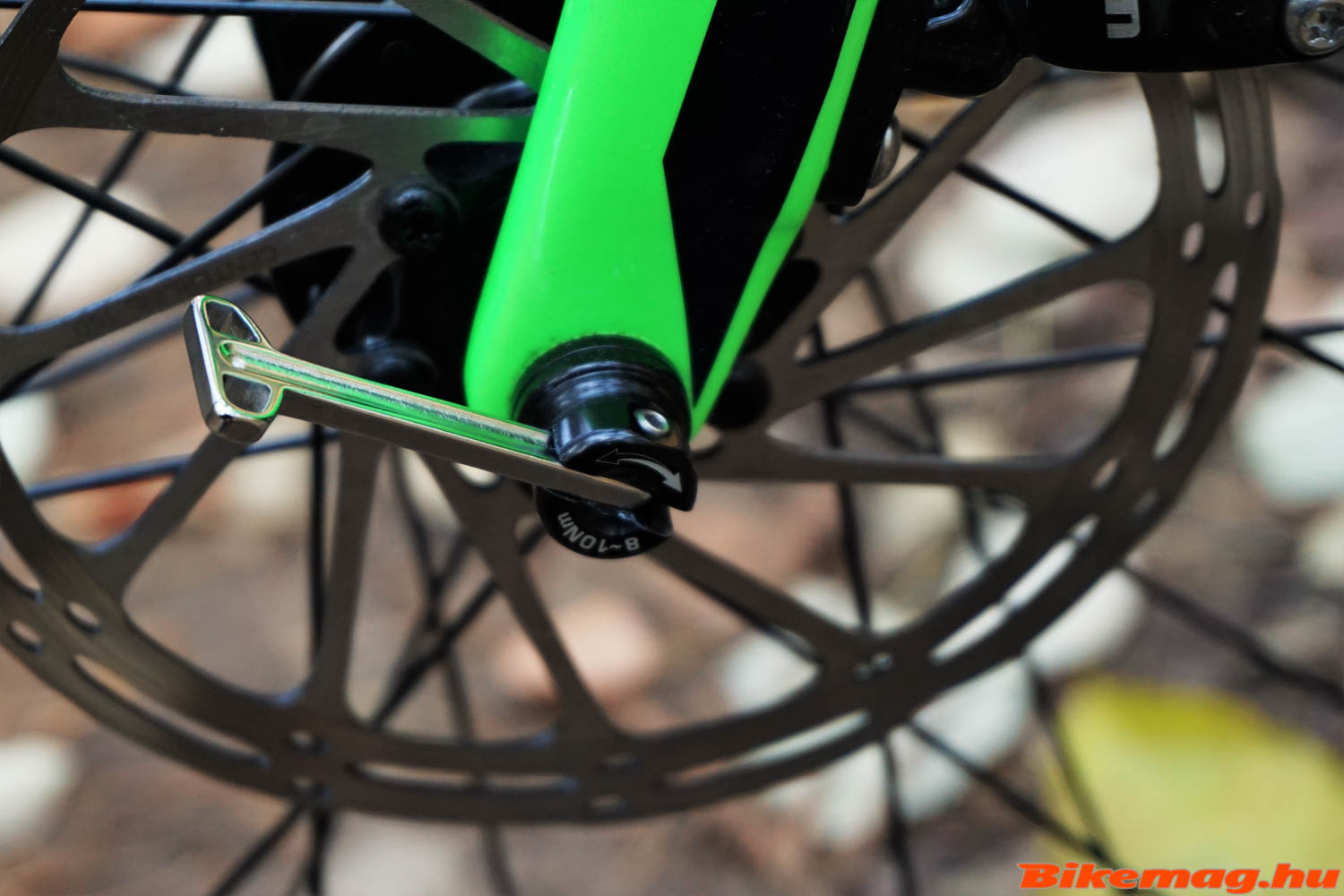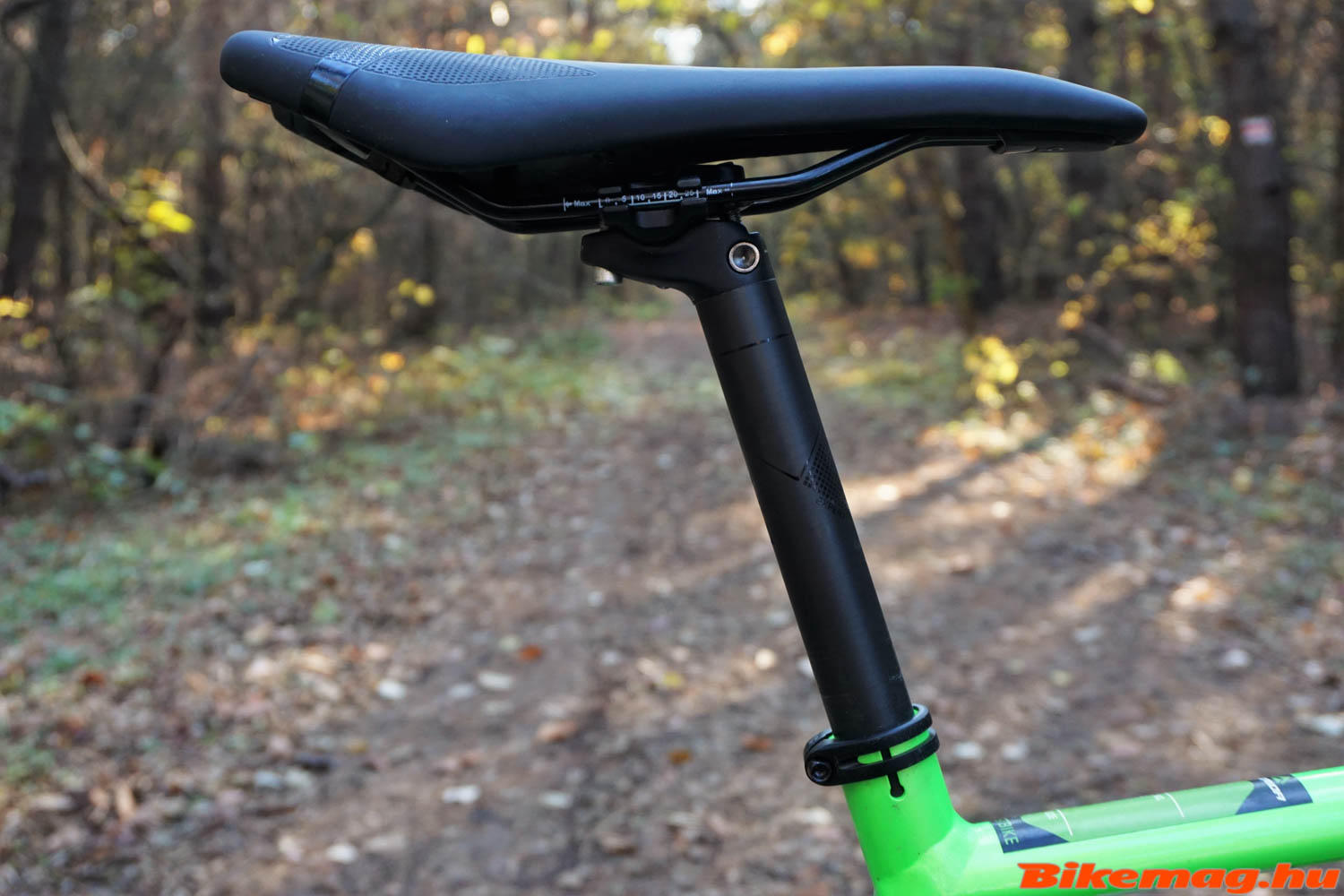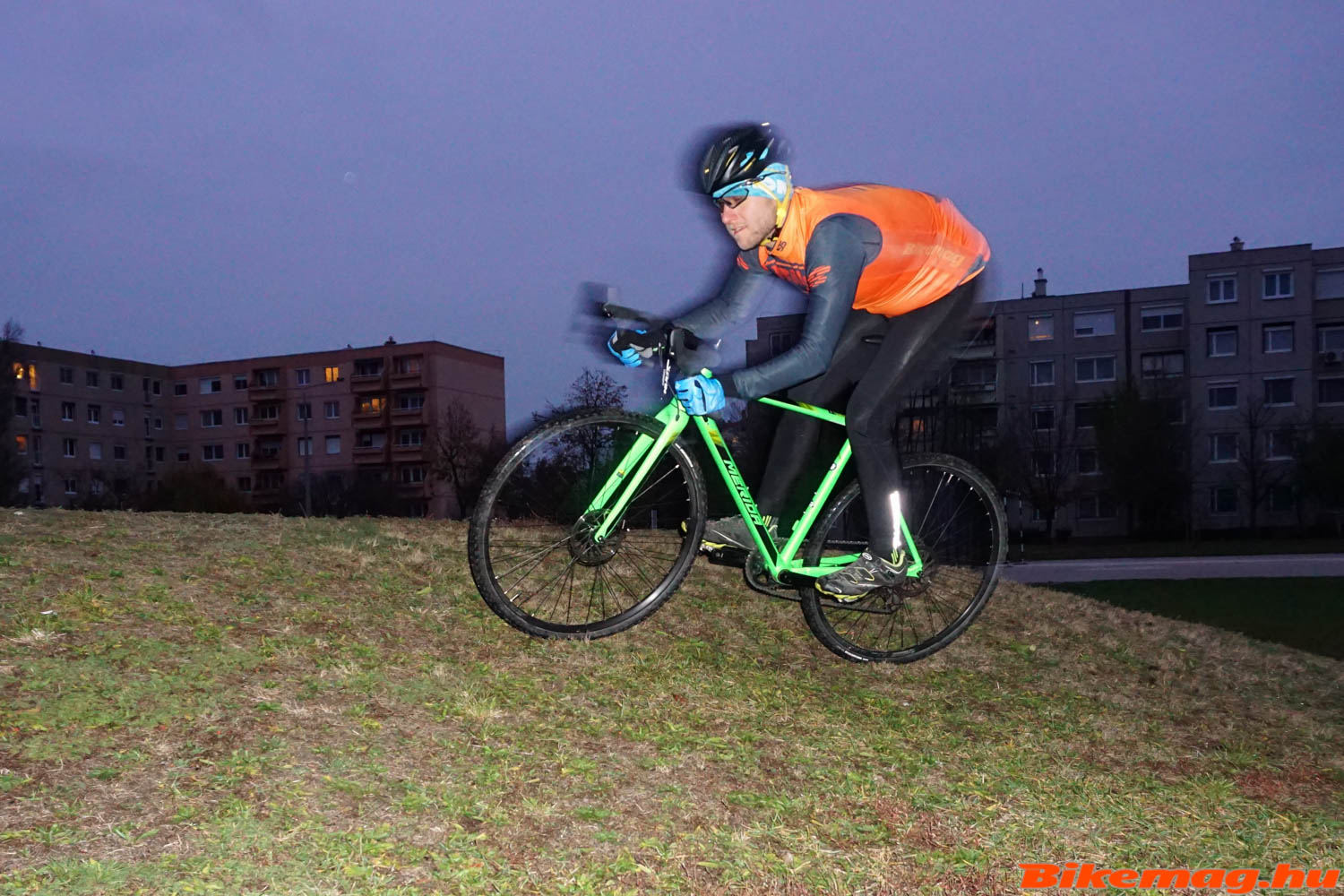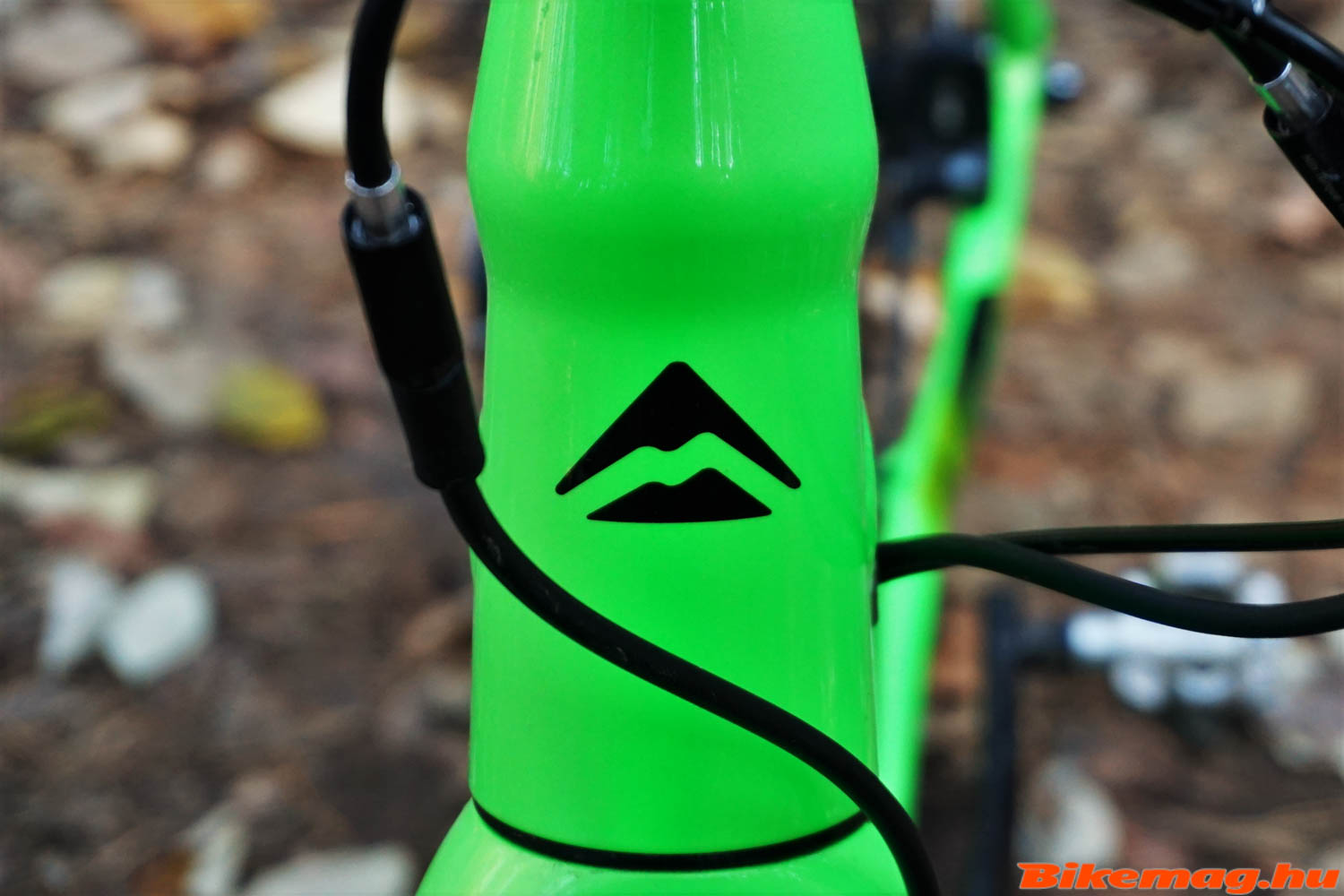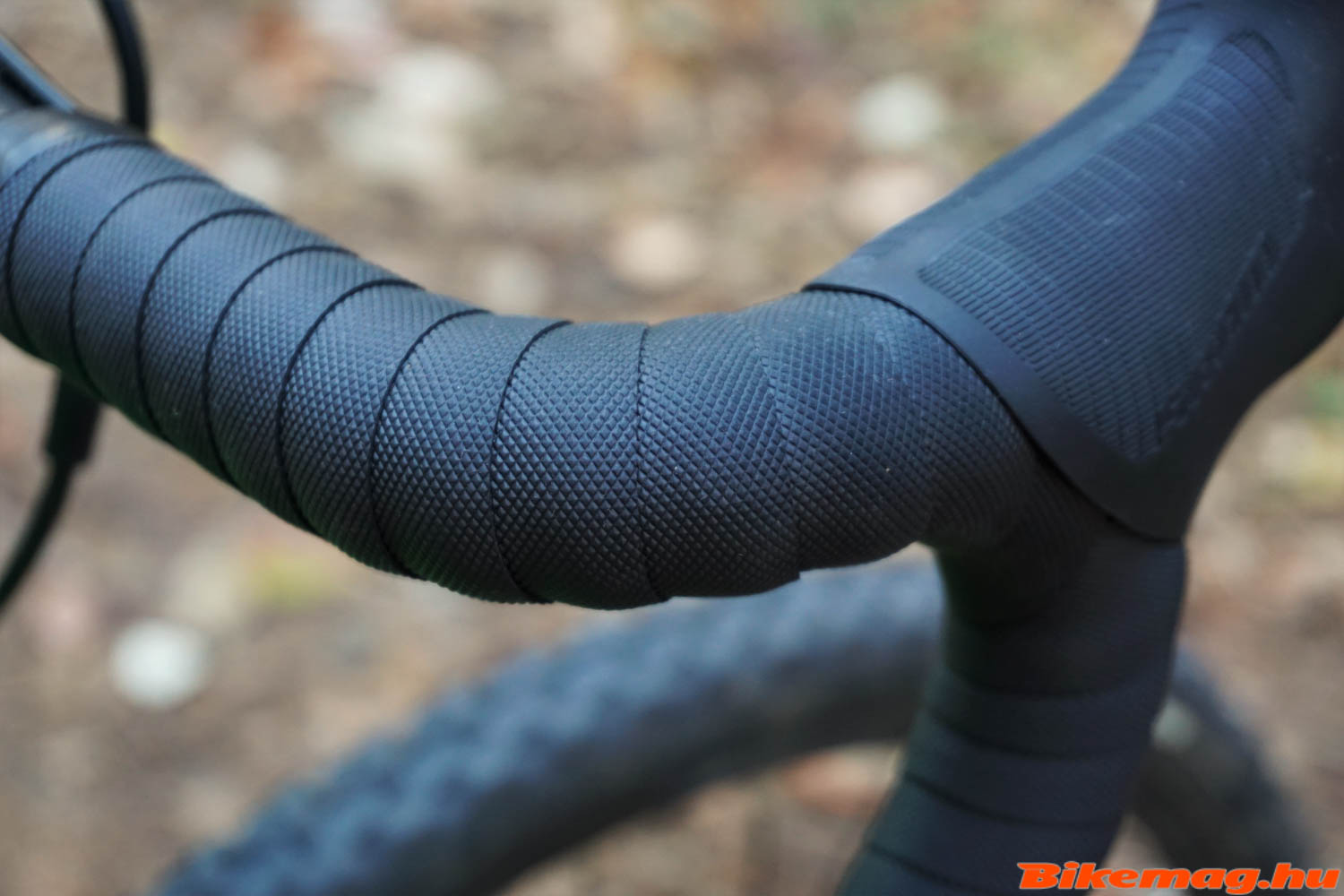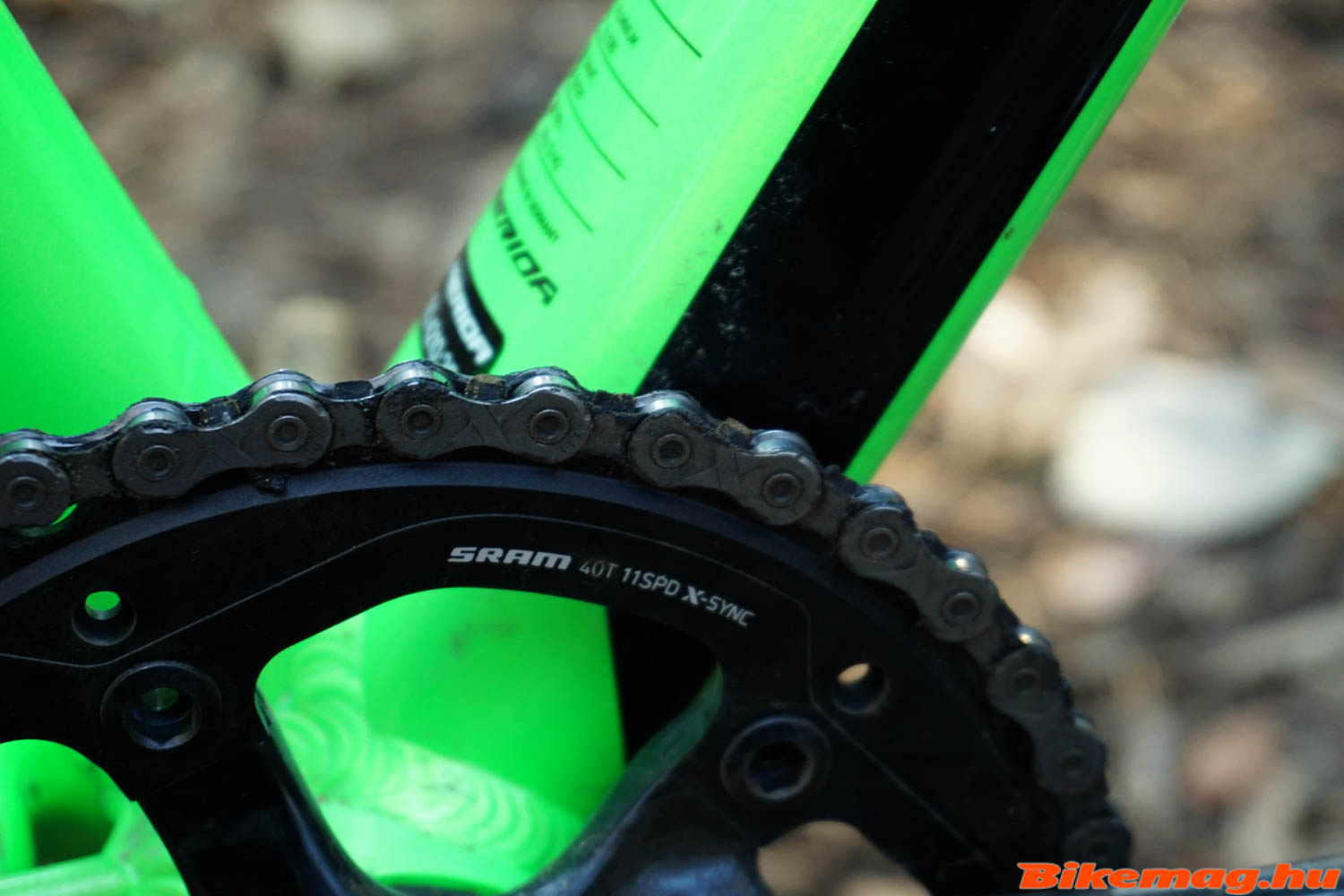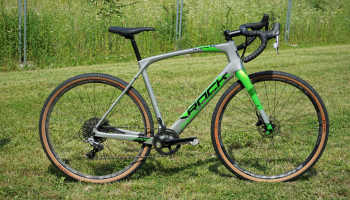The 2019 Merida model range is already shipping! We had the chance to test the latest cyclocross bike from the Taiwanese giant, and found the 2019 Mission CX to be a very versatile bicycle. It can stand its ground at the toughest events of the demanding cyclocross racing circuit, while also offering its service as a sporty gravel bike or a commuter.
We first saw the Mission CX at Eurobike 2018 in Friedrichshafen, then a few weeks later Thommey had the chance to ride it in Germany. This autumn I continued the theme by writing an article comparing Merida’s Silex gravel bike to this very Mission CX cyclocross model (gravel vs. cyclocross Merida Silex vs Mission CX). I had plenty of time to test this bike – much longer than usual – which resulted in a lot of rides in many different circumstances, both weather and terrain wise. A vast amount of experience has been gathered in the process, and I enjoyed every minute of it. It has truly grown on me, and I have a hard time sending it back to the distributor.
The Merida Mission CX – as its name suggests – is a cyclocross bike, but in accordance with recent market demands it is designed to offer a much larger scope of application. Nowadays drop bar bikes are becoming ever more popular for off-road riding, predominantly on gravel country roads. Merida now offers not one, but two distinct model ranges to suit this riding trend: one being the new Silex gravel-specific model, and the other the Mission CX. The latter’s home turf is the cyclocross course, nevertheless it can easily double up as a gravel “grinder” with certain limitations.
The first 2019 Merida model to hit our shores was the new 600 from the Mission CX range. Soon it will be followed by the rest of the newcomers for next year, including the high-end carbon models in the fully revamped cyclocross bike line. The Mission CX 600 features a frame made of aluminum using PROLITE 66 premium triple-pulled tubes and smooth welding technology. Merida is considered an expert in aluminum technology and delivers most of its engineering competence for this mid-range frame model. The Mission CX 600 features a tapered (X-Taper) head tube, trouble-free internal cable routing, and thru axles for both front and rear wheels. The fork is made fully from carbon with a 12 mm bolt-through axle, tuned more for stiffness and efficiency than comfort. There are also some truly useful construction details like the F-mount fender (mudguard) signaling that this bike is intended for more than just cyclocross type of riding. As the manufacturer states: RACING, TRAINING, COMMUTING – ALL IN ONE!
The “600” model variant of the Mission CX range comes equipped with the SRAM Apex 1×11 components, a group set chosen by Merida for its single chainring simplicity and reliable hydraulic disc braking. Nevertheless the frame features a front derailleur tab, so the Mission CX can also be set up with a double chainring. The group set is a complete shift-brake-drive system, including the cranks and the 1X specific chainring, so we should expect no issues concerning component compatibility. The gear range is also cyclocross specific: a 40T front chainring is paired to an 11-speed 11-42T rear cassette. This will provide a more than sufficient range for all cyclocross courses, and should also work with other application, such as gravel riding, as long as there are no crazy steep gradients along the way. A strong rider could theoretically use the gears on the bike for MTB courses as well. By the way, the gravel-oriented Merida Silex model’s gear range is no greater than what we find here!
One doesn’t even have to mention the presence of disc brakes in this bike category, as they have become standard equipment on all cyclocross bikes in recent years. The Apex brakes employ the more advanced hydraulic brake technology which tends to provide better modulation and control of speed. The new Mission CX features flat mount brake mounting for a neat and flush positioning of the brake caliper. In the case of a single chainring drive system, only the right hand side brake unit contains shifting levers while the left has just one lever for moving the hydraulic brake pistons. There is an asymmetry in the system which may be a bit strange at first, but in general no one notices this while riding on the bike.
The wheels on the Mission CX both employ thru axes: it’s 100 × 12mm front and 142 × 12mm rear in accordance with modern standards. The rims are branded “Merida Expert CC” and come with an increased 23mm width. They are sturdier, harder to pinch flat and the tire is also laterally more stable than on a narrower rim. The rubber is a pair of Maxxis Mud Wrestlers, which may seem a mud tire by its designation, but in fact the tread lend itself to general riding. You can use this bike confidently on any terrain and weather condition. I wouldn’t even call the Mud Wrestler a cyclocross tire, since it measures 36mm wide, while the official UCI limit for tire width at competitions is 33mm. The rules are rules, so the rider might actually have to replace them for UCI-regulated competitions.
- Okos “gyorszár”
- Kihúzod
- Elfordítod és már tekerheted is ki a tengelyt
Every single accessory component on this bike – such as handlebar, stem, seat post and saddle – bear the Merida logo, they are truly nice, high quality pieces. I must highlight the carbon seat post and the tacky handlebar tape, both reminds me of a premium bike in a much higher price range.
In the gravel vs. cyclocross comparative bike test I’ve described in length how the Mission CX handles in a variety of riding situations. In this article I would like to focus on the specific area which this bike model was actually designed for – that is cyclocross!
Since it’s a cyclocross bike, it seems foolish not to try the Mission CX on a bona-fide cross course. For better or worse we experienced a rather dry autumn, so I had a limited amount of mud to “play” with. I substituted the muck with deep sand which we have plenty in this neck of the woods. There are also some narrow paths and tight turns in the forest, so I had an almost ideal course to try out the Mission CX. To be honest, I do not like riding in sand, especially when there are turns in the trail. But on board the Mission CX sand didn’t seem to bother me all that much. After a good half an hour of practice, I succeeded nailing nearly every corner and could ride in a relatively straight line. I began to get the cyclocross bug, feeling the urge to take up racing again this winter. The Mission CX is truly inspiring, it makes riding on challenging cross terrain rather satisfying. The deeper the ground, the more the narrow tires have an advantage over MTB tread, while the front wheel is easy to control, and the rear follows the lines in perfect harmony.
Though far from lightweight, this is a fast bike! When I stomp on the pedals, it immediately shoots out, thanks to the very stiff and efficient frame and fork. This outmost rigidity has its drawback in comfort, as the Mission CX seems to transmit the unevenness of the terrain with the same efficiency as it responds to rider input. Both the front and rear of the bike behave this way, which at least provides some form of balance, and assumes a clear intension by the designers. It’s true that a one-hour cyclocross race is not an epic ride where comfort is an essential components of the ride experience. Nevertheless I was wishing for some more frame and fork compliance during much of my time with the Mission CX 600 – especially on rocky terrain which is quite common in our region.
I’m fortunate to have a “playground” next to our house, which has many features that is typical to a cyclocross event. Actually it wouldn’t be too hard to mark out a full course and organize an event! There is a short but steep hill above the water reservoir, some berms and many-many obstacles as part of the built infrastructure of the housing estate. Kids on bikes generally use these features to play and practice their skills, and I joined them to hone my cyclocross skills on board the Mission CX. This may seem an odd sight for the locals as I was doing my tricks, playing with the bike as a grown-up, but I learned a lot from this experience. The Merida cyclocross machine is a perfect tool for such an environment. On the other hand, I found the operation of Apex shift lever too slow when trying to get to the top of the “wall”. It demanded several shifts in one go but only 2-3 could be performed. And since there is no front derailleur, I was left with no option than to struggle or start is a very low gear. Cyclocross courses also have similar features, where you need to go from one end of the gear range to the other in a very short time.
Based on what we had heard back in summer, we first introduced the Mission CX as a bike which could be used for much more than just cross racing. There were clearly some characteristics of this aluminum frame model that point to the direction of the trendy gravel riding scene. This inspired me to test and compare Merida’s gravel bike with the Mission CX on both typical cyclocross and gravel terrain, supplemented by paved roads where I tend to do most of my training rides. You can read in detail about my experiences in the previously-mentioned comparative test. The main lesson I drew from the comparison that it was so much easier to set up the Mission CX as a road bike, than the Silex. I could just about replicate the saddle and handlebar position, so I was able to ride the bike with a very similar style. I also had the chance to take the Mission CX out to roads that are simply too harsh for a road bike while enjoying the riding style I’m accustomed to.
I’ll delve a bit more deep in these rides. First I mounted two bottle cages, faster 25mm wide tires, and set out to the forestry roads in the Bakony mountain range. The fire roads there are generally surfaced with either gravel or broken tarmac, and I was somewhat surprised that I could actually ride with a similar tempo as on my own high-end road bike. The semi-slick tires roll quite fast, and my body position was still aerodynamically efficient. This bike was also very quick on dirt roads, and as long as there is adequate traction, I’d be travelling with good confidence in the corners as well. This feeling lasted as long as there were no rocks in sight. As soon as the trail’s surface became uneven, the comfort and the traction went out the window. The rigid frame shook the bike and my body, and handling became compromised. So the moral of the story is that the bike’s capabilities extend quite beyond the original purpose, but it’s not without limits. I truly enjoyed riding the Mission CX on forestry roads – both dirt paths and gravel roads – since it was much quicker than my MTB rig. The frame geometry lends itself to those who come from a road riding background, as it provides similar body position and handling. There are a lot of spectacular biking routes in our neck of the wood where a mountain bike would be an overkill and way too sluggish to ride, while it would break my heart to take a delicate road bike on such road surface.
I have already mentioned that the Mission CX offers exceptional stiffness which unfortunately leads to a rather harsh ride. Yes, this is an unpleasant feature is on rocky roads, tractor trails, limiting the terrain where this bike could be ridden with pleasure. At the end of the test I was considering purchasing the Mission CX, since it fits well in the type of riding I do, and I was missing the bike which transitions the application of my road and MTB bike. On board the Mission CX I could ride on trails like a road rider, use it for training on quiet, remote roads, as well as having a dedicated machine for cyclocross races in wintertime. And I might one day take part in a gravel race, to see what the fad is all about. Of course I’d set up the bike a bit differently for each of these applications, maybe adding a comfortable carbon handlebar and wider semi-slick tires for trail and gravel riding, and even moving to a double chainring setup with 46-34T front to increase the gear range. As you can see, there is a lot of potential in this bike. If the versatility appeals to you, Merida has a new model that could hardly be bettered in this price range. The Mission CX is destined to steal the heart of many riders!
Recommended retail price: HUF 539 000.
More information on the distributor’s website.
http://bikefun.hu/product/merida-2019-mission-cx-600-zoeld-fekete
Specifications
Frame: MISSION CX Lite
Fork: MISSION CX CF
Brake system: SRAM Apex1 HRD
Discs: SRAM Centerline
Handlebar: MERIDA Expert SL
Stem: MERIDA Expert CC
Bar tape: MERIDA Road Expert
Rear derailleur: SRAM Apex1, 1×11 speed
Shifter lever: SRAM Apex1 HRD
Seat post: MERIDA Expert CC
Seat clamp: MERIDA Expert
Saddle: MERIDA Comp SL
Chain KMC X11-1
Chainset: SRAM Apex1, 1×11 speed
Bottom braket: SRAM Pressfit PF86
Cassette: SRAM PG-1130
Rim: MERIDA Expert CC
Tires: Maxxis Mud Wrestler
Hubs: VP 173SB/VP 273SB
Thru axle: Fulchee FH1200BK001 12-100/FH1700BK002 12-142


